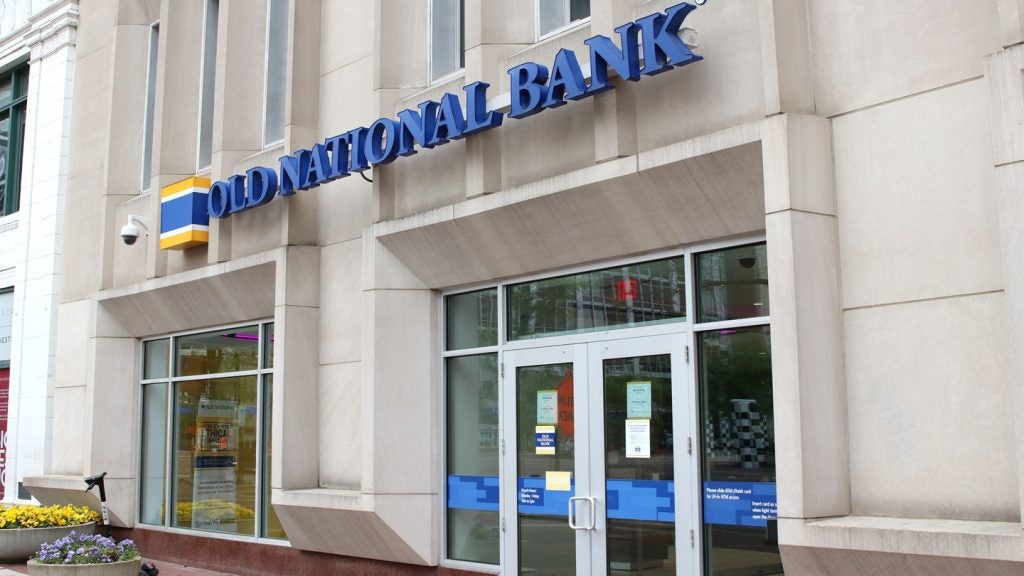General Electric’s finance arm, GE Capital, has agreed to buy
the retail-deposit business of the largest life insurance group in
the US, MetLife.
GE Capital is set to gain $7.5bn in deposits
as well as MetLife’s online-banking platform via the
acquisition.
The deal matches MetLife’s interests to get out from under federal
regulation. The deal also aims to hasten GE’s effort to attract
more individual savers and reduce its reliance on potentially
volatile financial markets for funds.
MetLife entered the banking business in 2001 but announced
plans to exit the banking sector in July, 2011, after the Federal
Reserve denied its attempts to increase its annual dividend.
MetLife would not be subject to regulatory oversight, made more
stringent by the passing of the Dodd-Frank Act, without its banking
business.
GE Capital long existed in a regulatory gray area between
banking and industry, but has now grown more comfortable
emphasising traditional banking after falling under the regulation
of the Federal Reserve.
How well do you really know your competitors?
Access the most comprehensive Company Profiles on the market, powered by GlobalData. Save hours of research. Gain competitive edge.

Thank you!
Your download email will arrive shortly
Not ready to buy yet? Download a free sample
We are confident about the unique quality of our Company Profiles. However, we want you to make the most beneficial decision for your business, so we offer a free sample that you can download by submitting the below form
By GlobalDataAccording to GE, its lending arm is a core
business. GE Capital had announced plans of launching an online
banking platform in 2011 and the deal with MetLife aims to boost GE
Capital’s existing US deposit base of $23bn by approximately a
third, as well as help support its commercial banking business.
GE Capital’s commercial lending business in
the US had a $106bn portfolio at the end of September, 2011.
With $785bn in assets, MetLifeis the
seventh-largest US bank holding company.
The GE Capital and MetLife deal is expected to
be completed in mid-2012, pending regulatory approvals.







